At the beginning of April we installed ten paintings by Jenny Franklin at Kensington Place restaurant, the latest incarnation of their Art Wall series of exhibitions. There are two oil paintings on linen and eight framed watercolours on paper.
Jenny has described her paintings as being driven by memories of growing up in an African landscape of extraordinary splendour, and by the loss of home and country. Since leaving apartheid South Africa in 1979 she has travelled extensively in search of luminous landscapes, always looking for those aspects of the natural world that lend themselves to abstraction and transmutation.
But the paintings she has chosen to exhibit at Kensington Place show a new development, inspired as much by the city as by the country, these are her first urban paintings. The largest is 1.4 x 1.5 metres and titled Trencadis (Web) After Park Güell. It’s a painting to get lost in.
After hanging the paintings I returned to The Rowley Gallery to find the view from the window of my workshop busier than I’d ever seen it before, the sky criss-crossed with the vapour trails of a giant airborne drawing. It seemed somehow auspicious.
A few days later I flew to Barcelona and I imagined I was retracing Jenny’s route via the map of her trencadis painting. I saw the signs wherever I looked.
The runway at Stansted Airport,
the fields of Essex,
a Roman pavement beneath the Museu d’Història de Barcelona,
more fields of Essex,
the walled garden of La Font del Gat restaurant in Montjuïc,
French fields,
a Barcelona map painted on the ground near Arc de Triomf,
more French fields,
a map of the old city of Barcelona at the Palau Reial Major,
a wall at Park Güell,
the serpentine bench around the perimeter of the main plaza at Park Güell,
covered with ceramic shards from broken tiles, bottles and plates, and according to Robert Hughes,
…the ‘trencadis’ of the Güell Park benches became a panoramic design hundreds of yards long, filled with curlicues, emblems, words, and ravishing passages of abstract design – a kind of demotic rococo on the grand scale, with patterns and objects embedded in its surface.
Insofar as one can point to the ‘first’ anything in art history, this is the first collage: the earliest attempt to make a work of art by transposing independent objects into a new matrix where their original identity remains visible, but where their meaning is changed by proximity to others.
It far predates cubism. It is a freak. No wonder the wandering calligraphy and isolated words on the Güell Park benches were such an inspiration to Miró.
A sculpture by Antoni Llena, Homenatge als Castellers in the Plaça de Sant Miquel,
another Barcelona map painted on the ground near Arc de Triomf,
and the runway at Barcelona Airport.
I imagined Jenny sorting and picking and plaiting these threads, knitting all the strands together, weaving a web to catch a vision of the world, viewed from Barcelona or London or the next place.
Jenny Franklin / Kensington Place


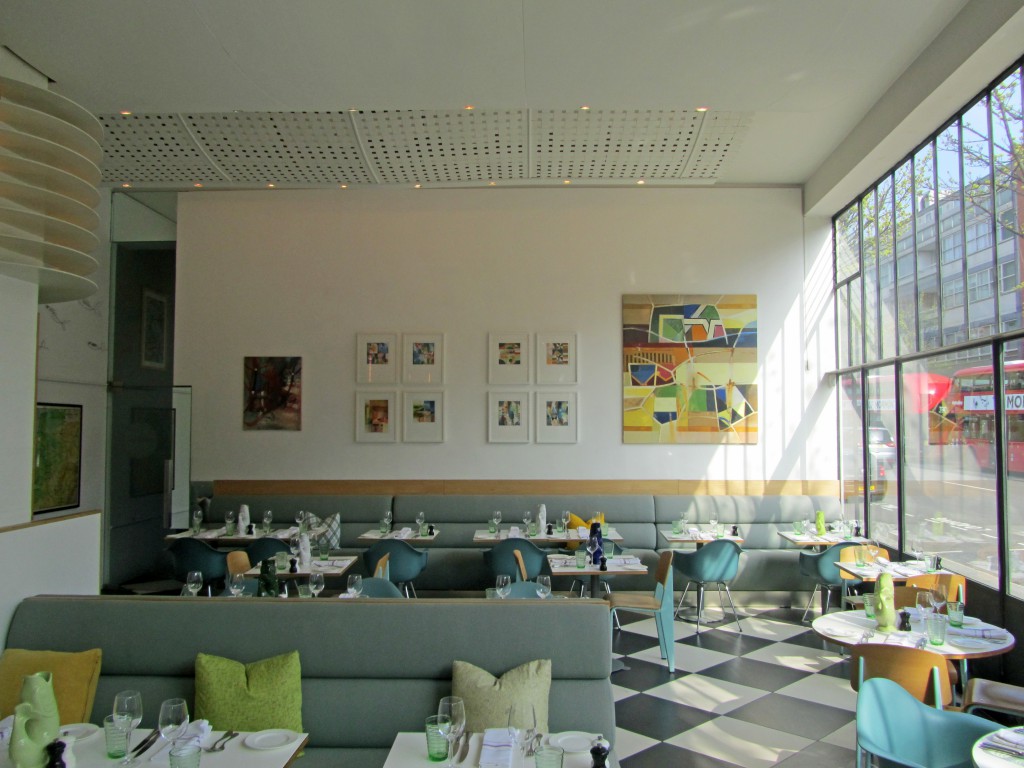
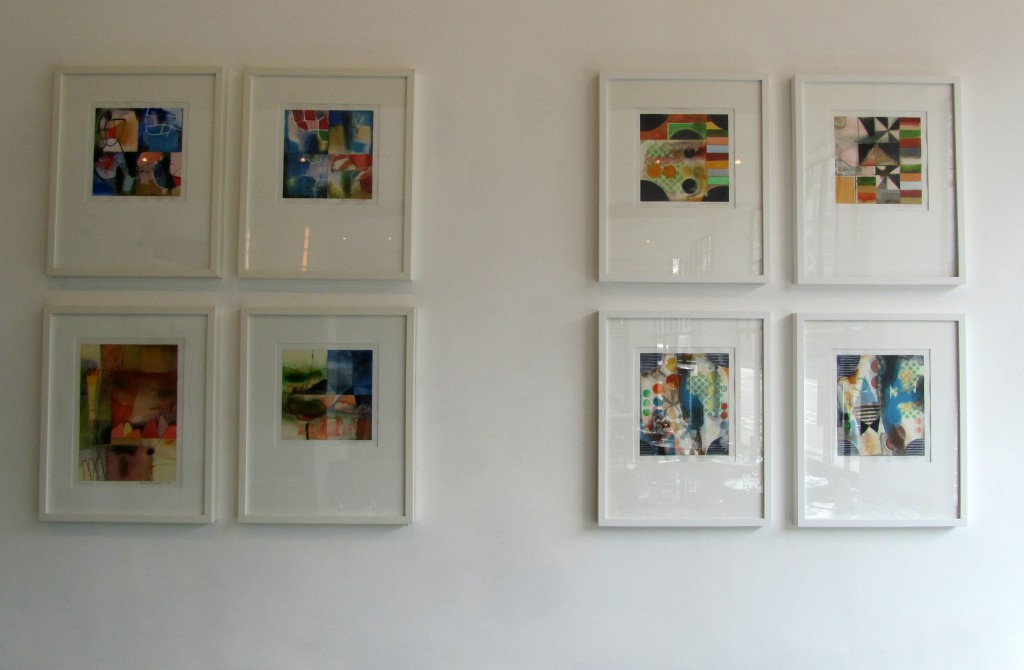
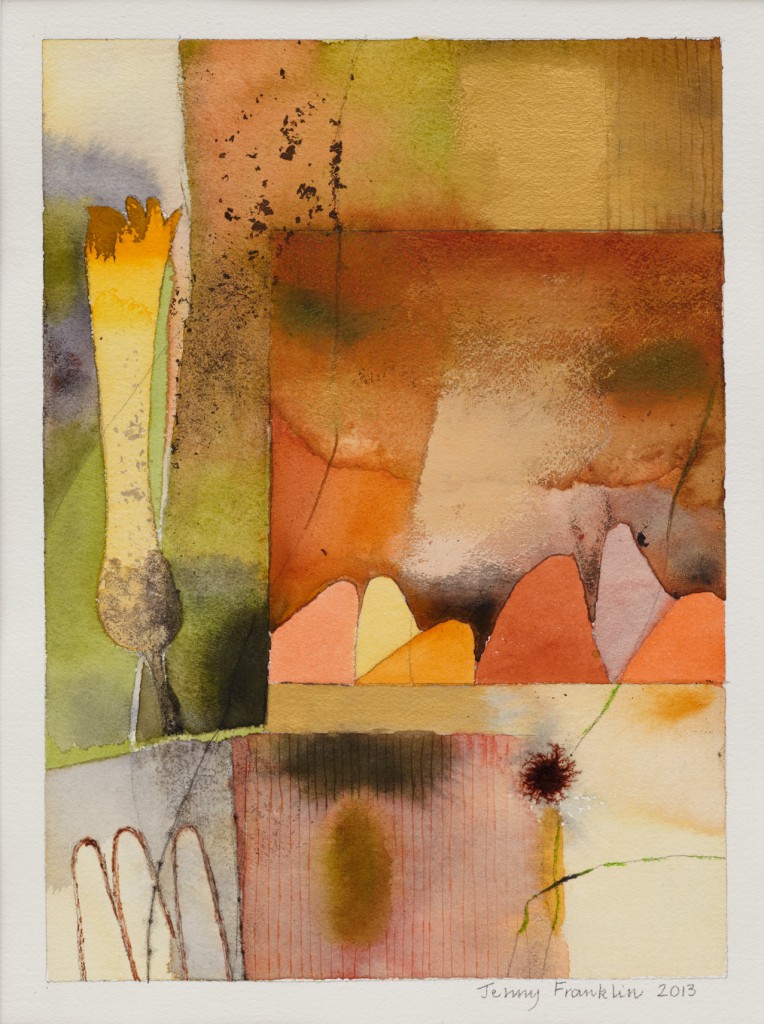
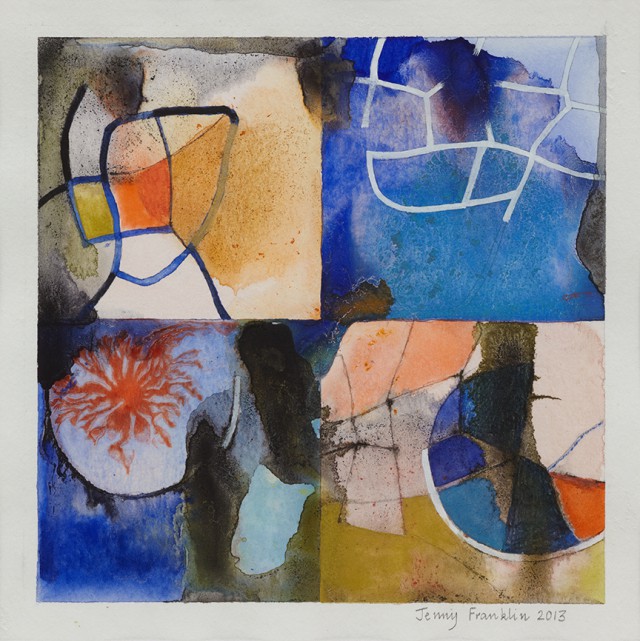

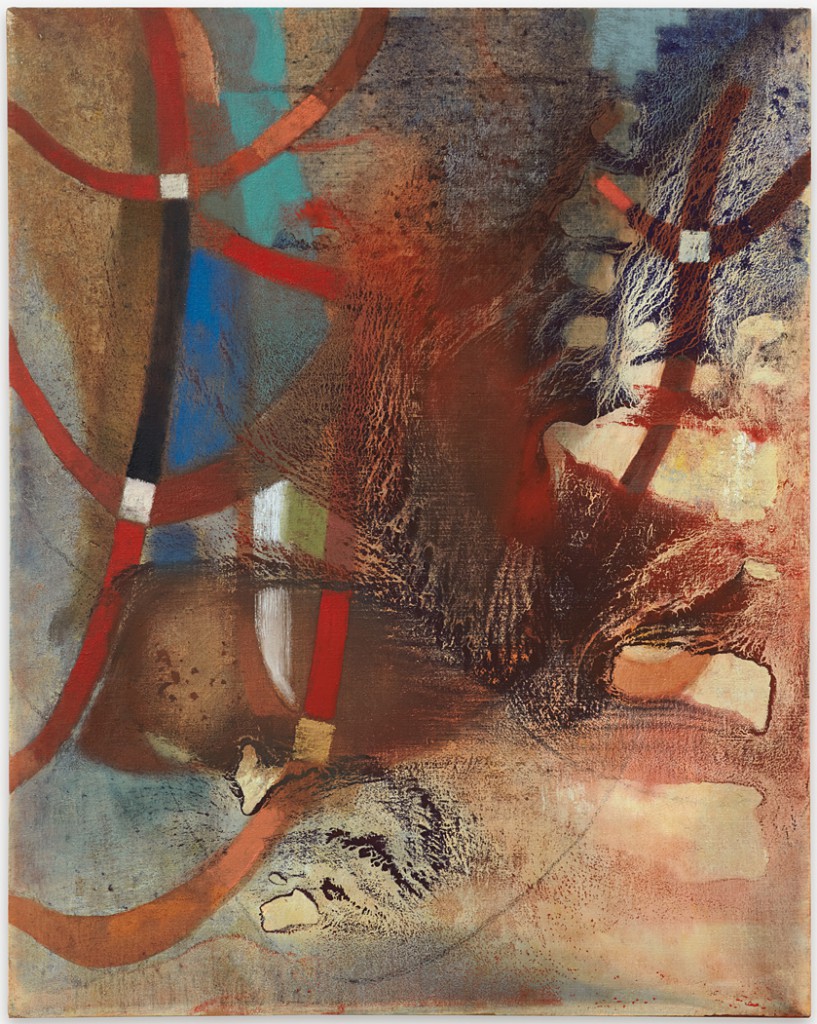
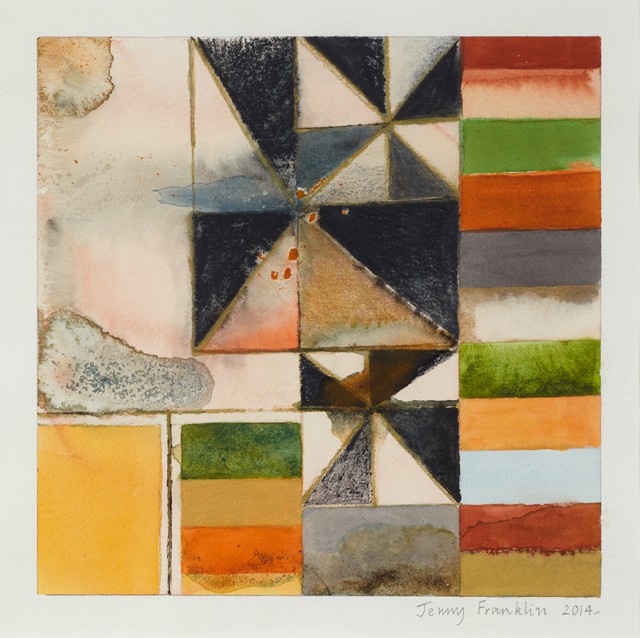
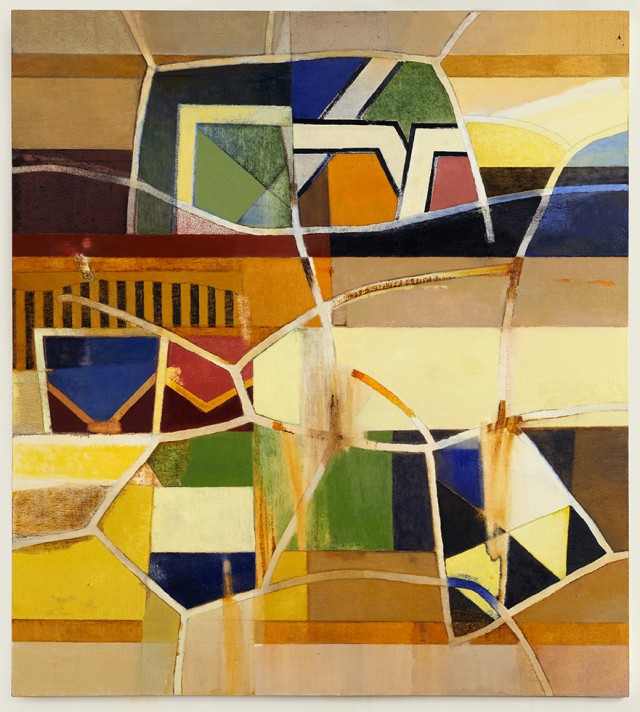

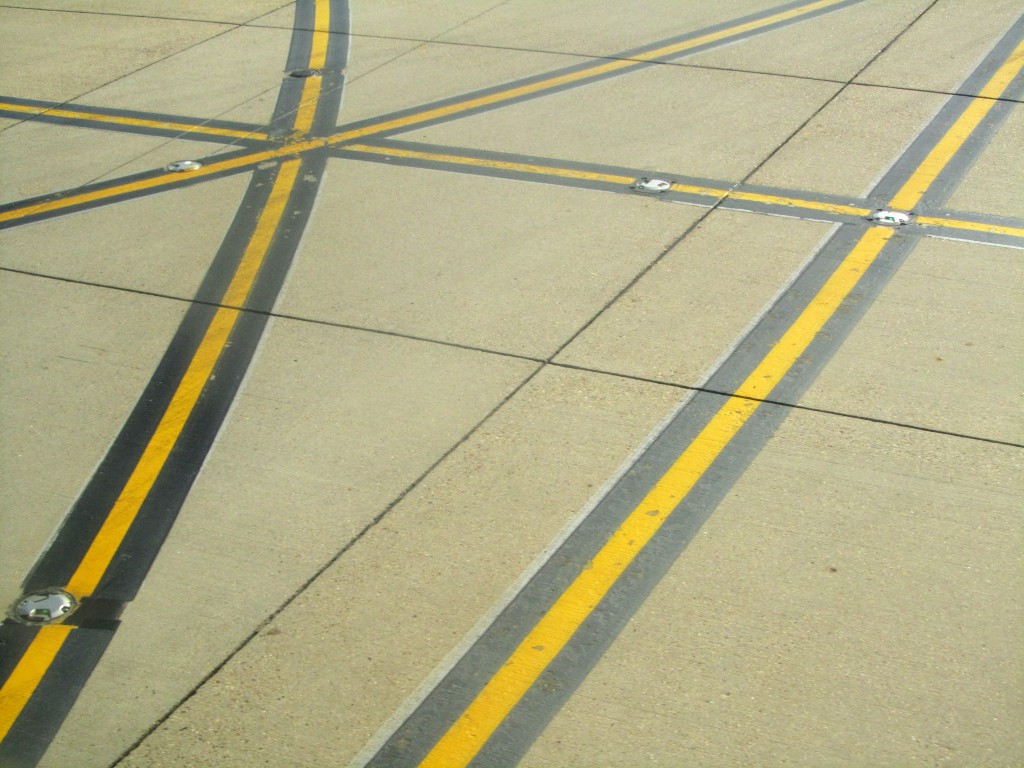
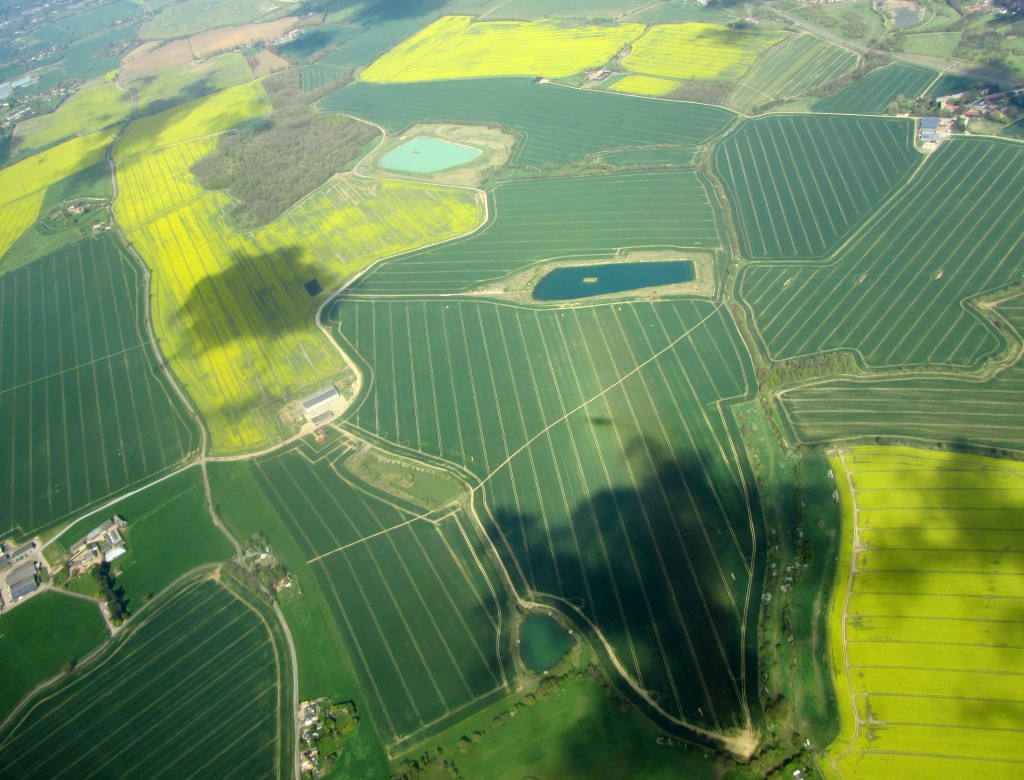
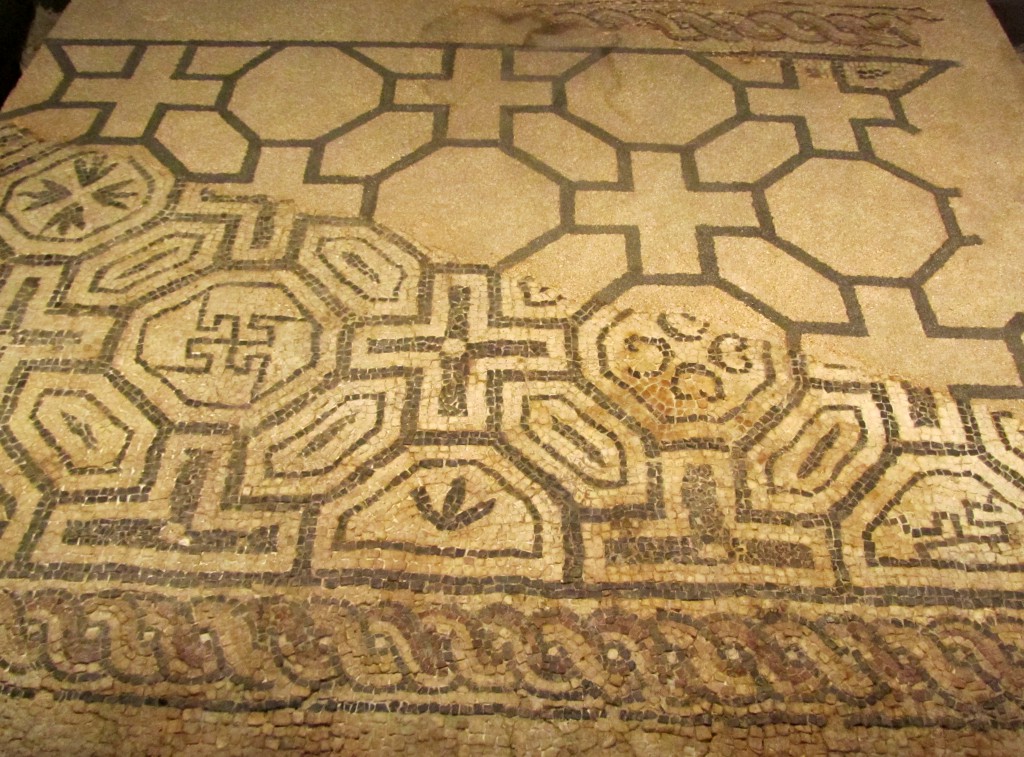
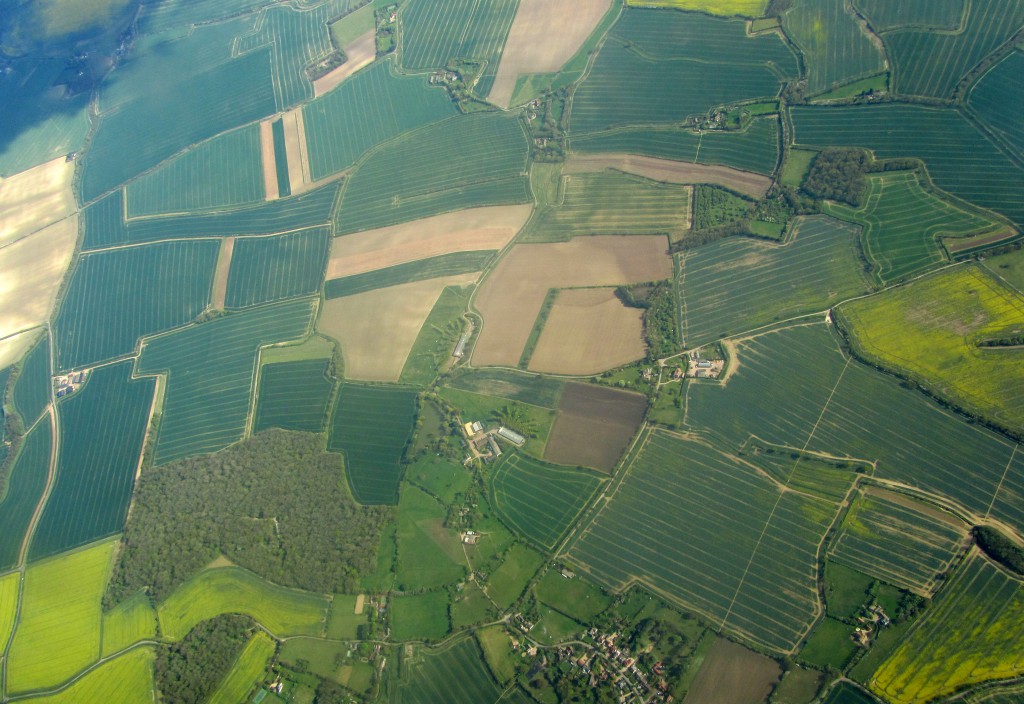


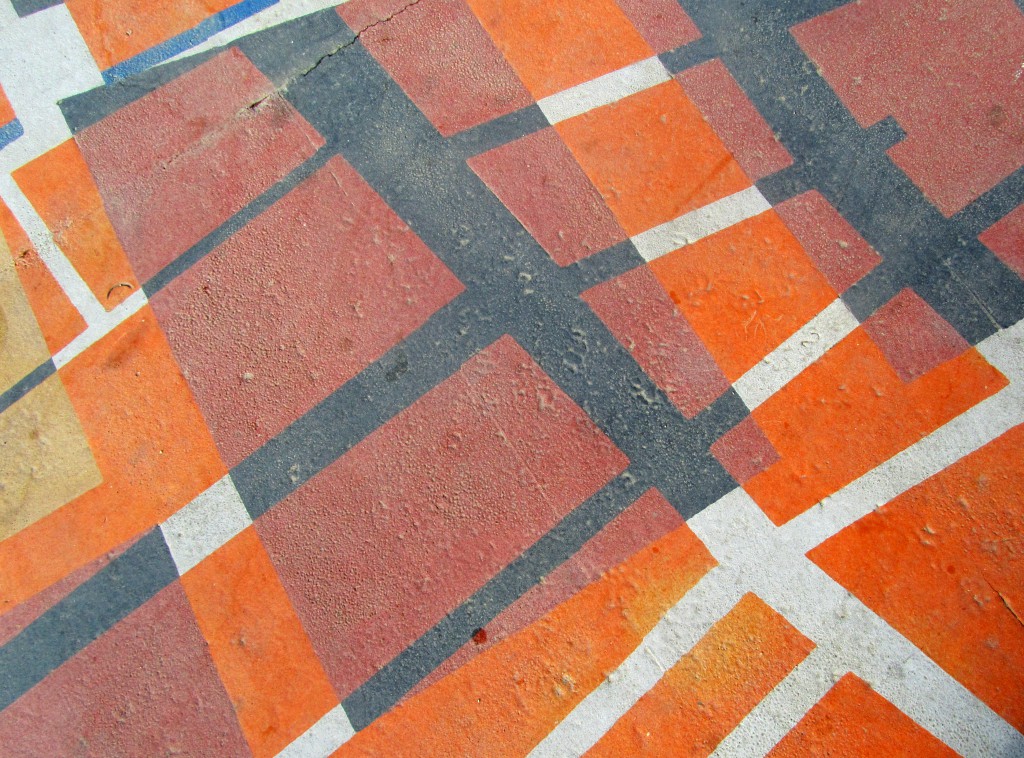
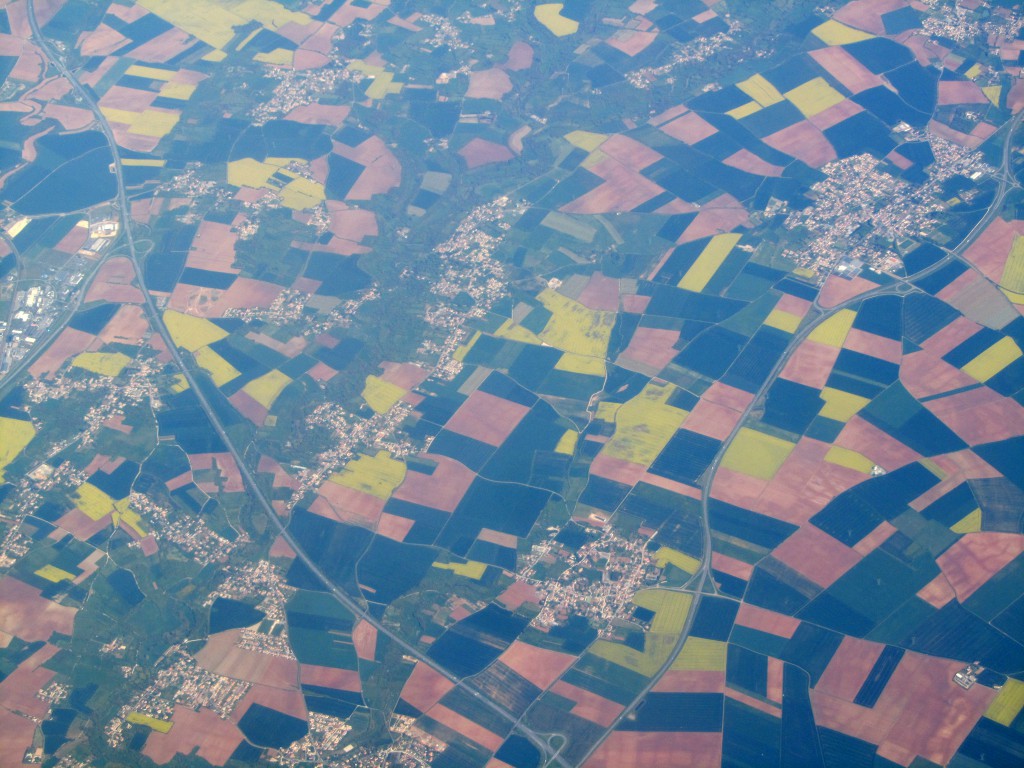
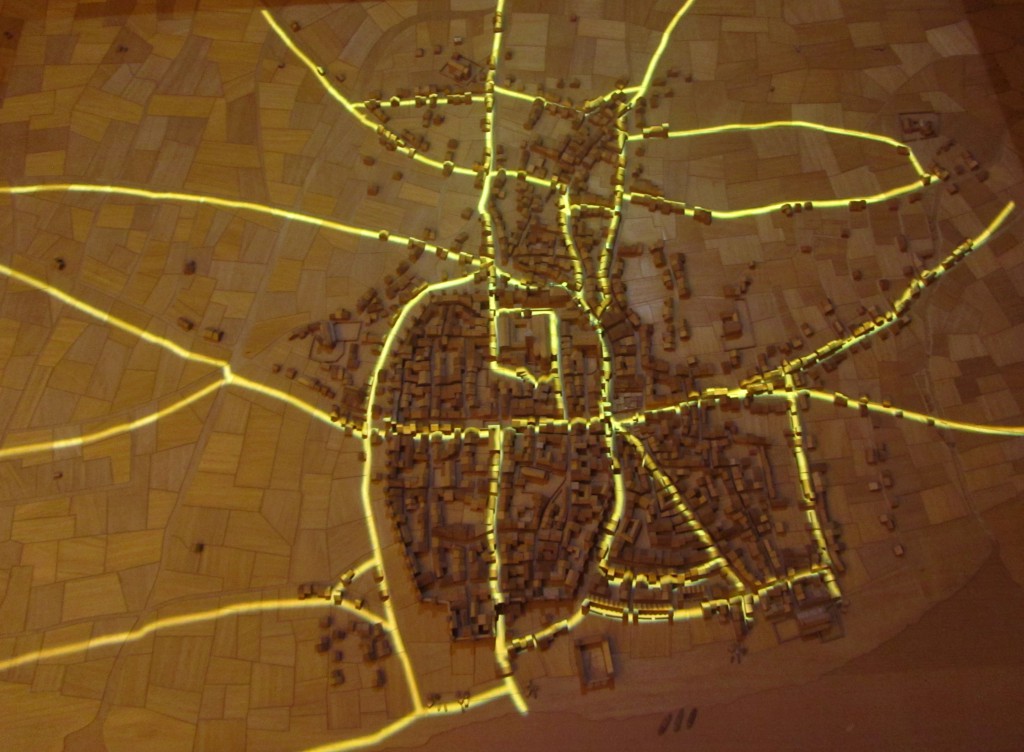
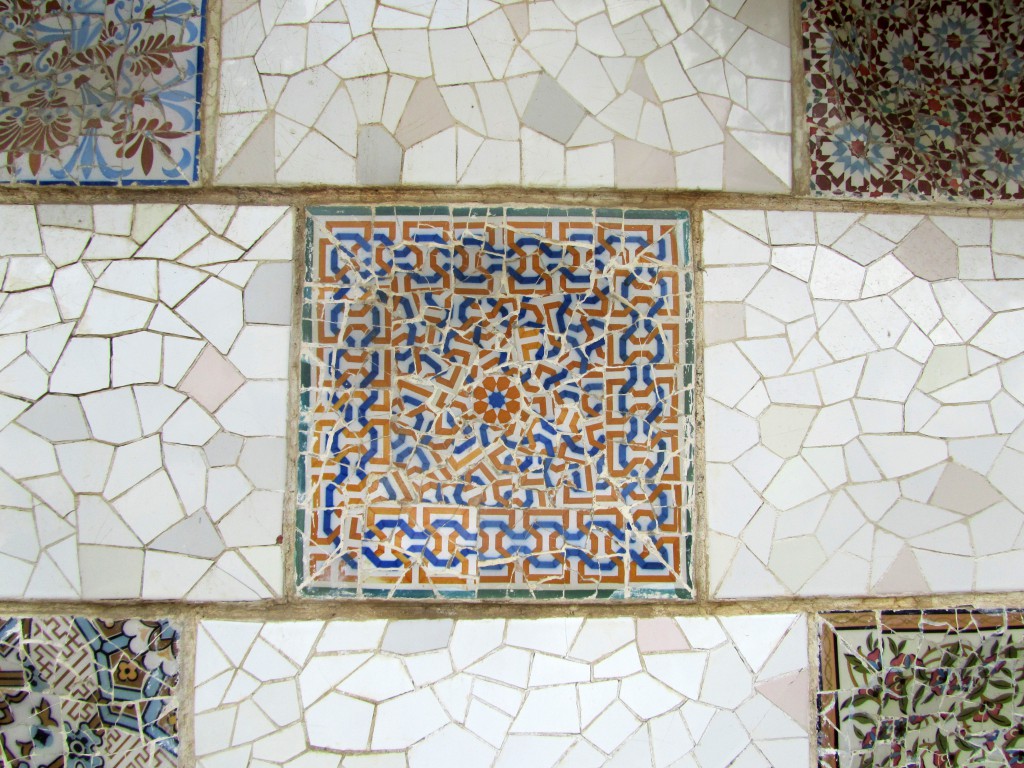
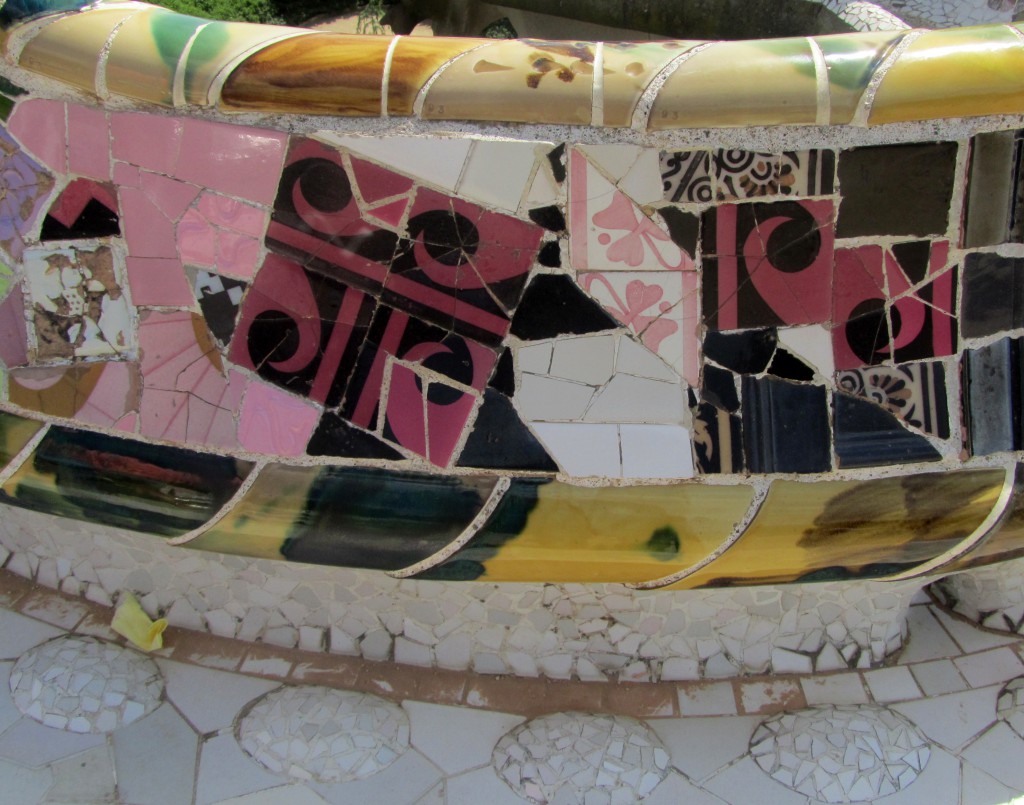
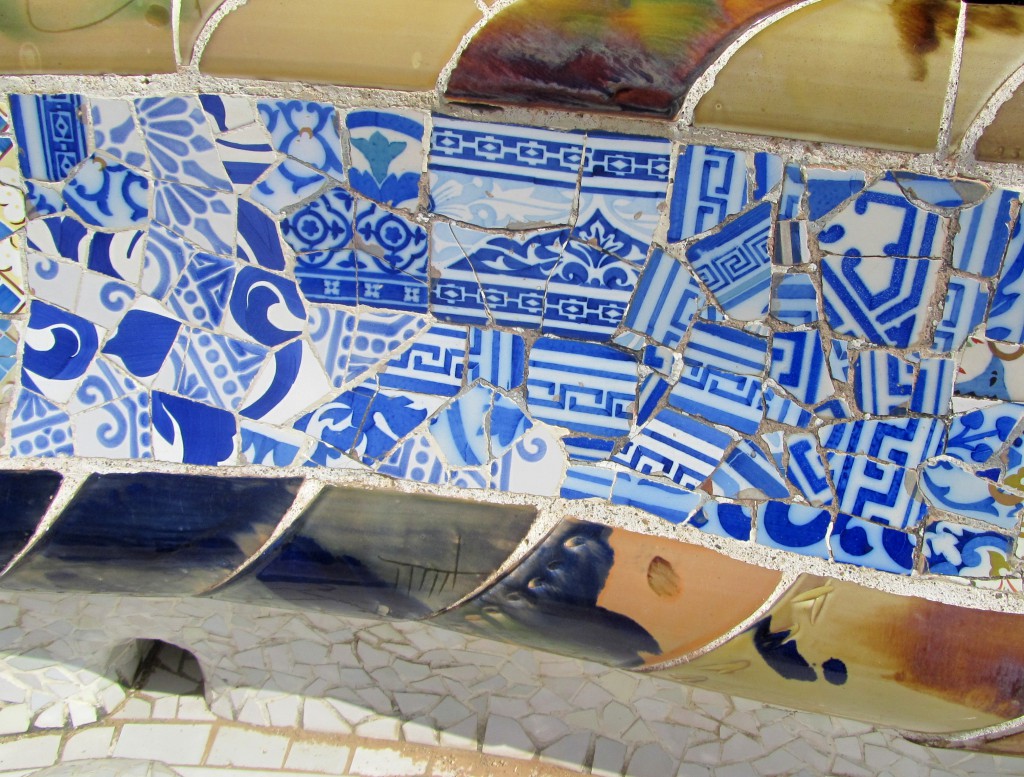

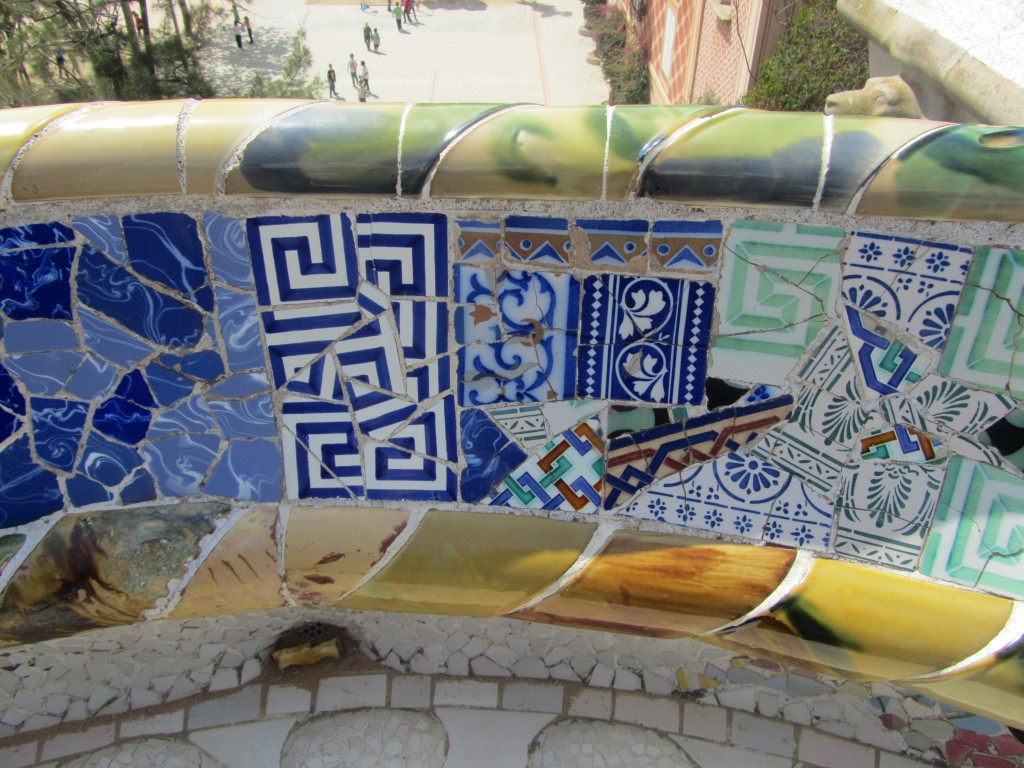
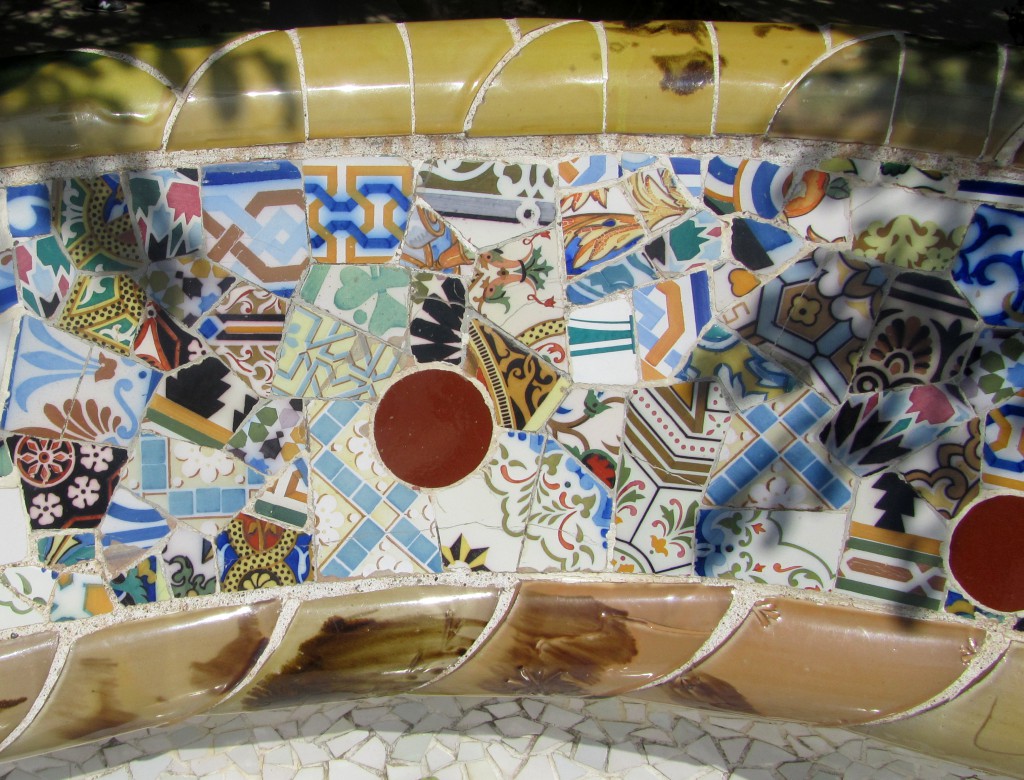
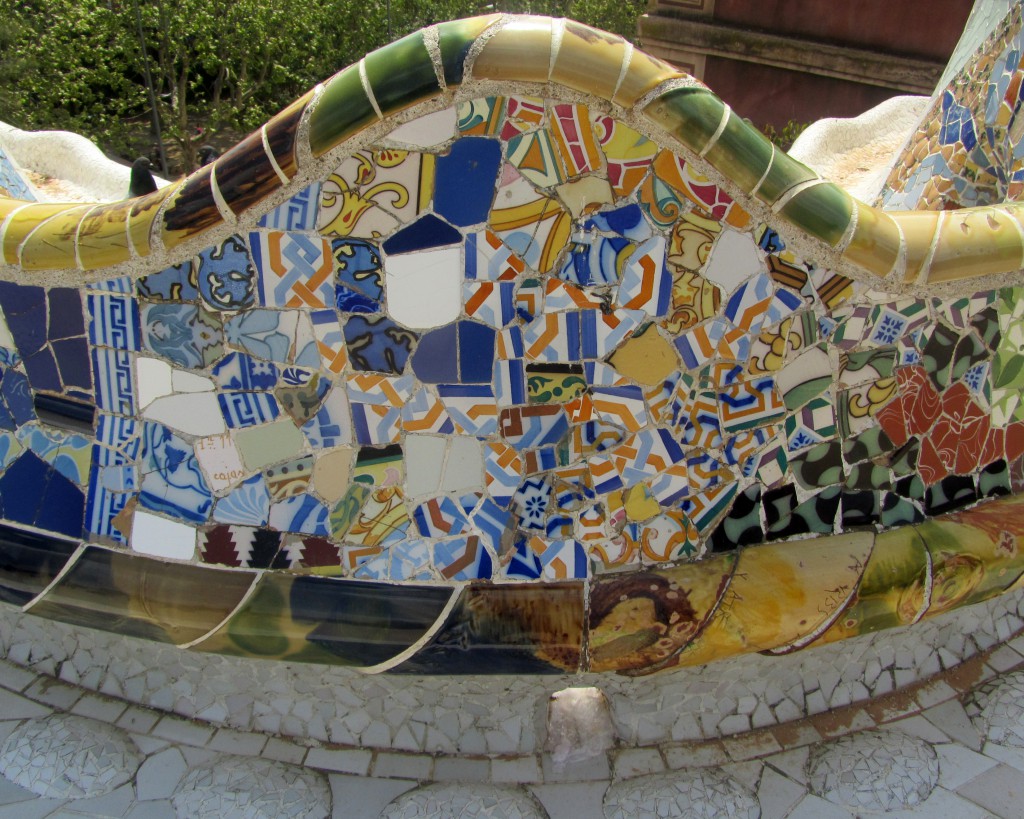
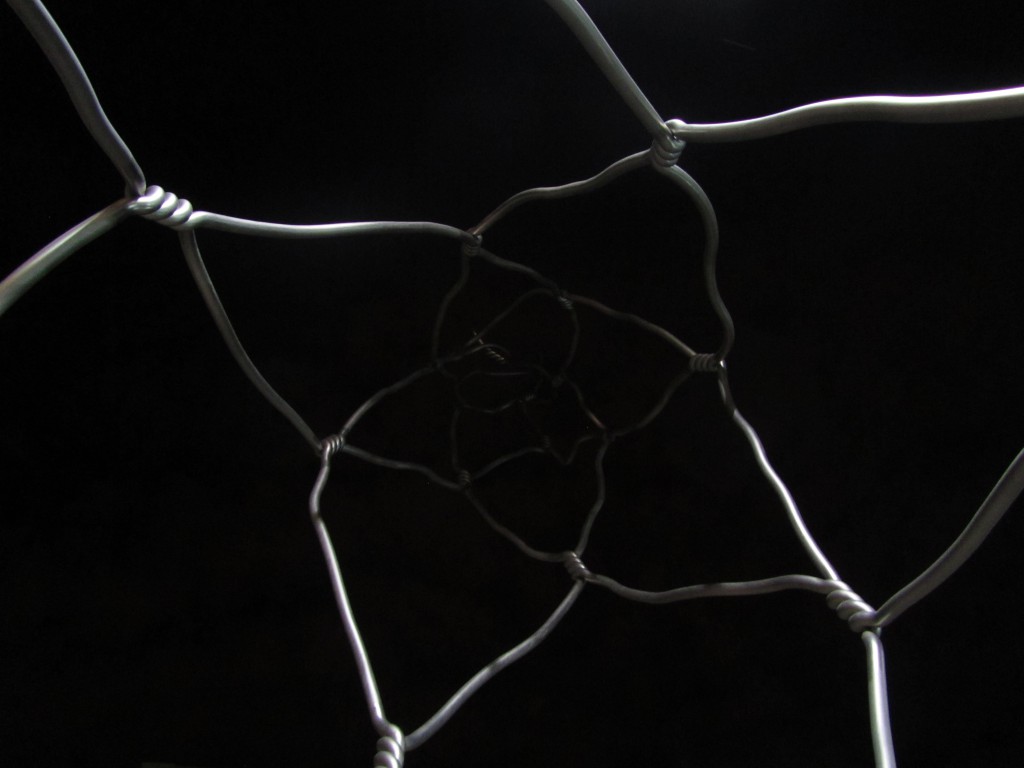
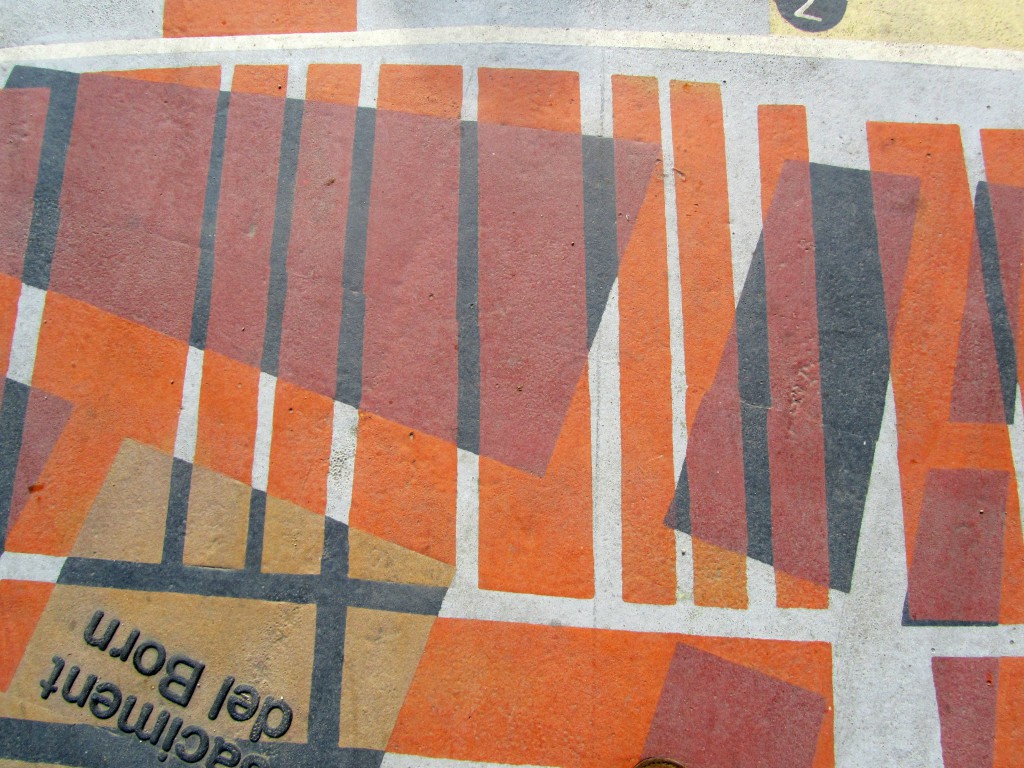

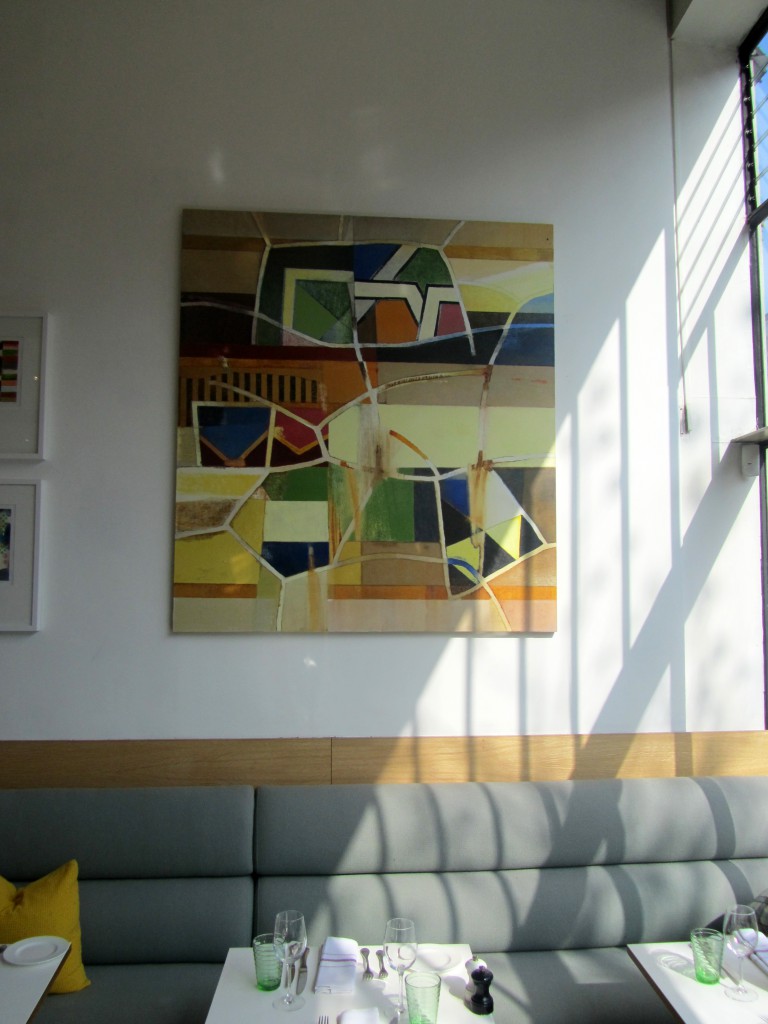
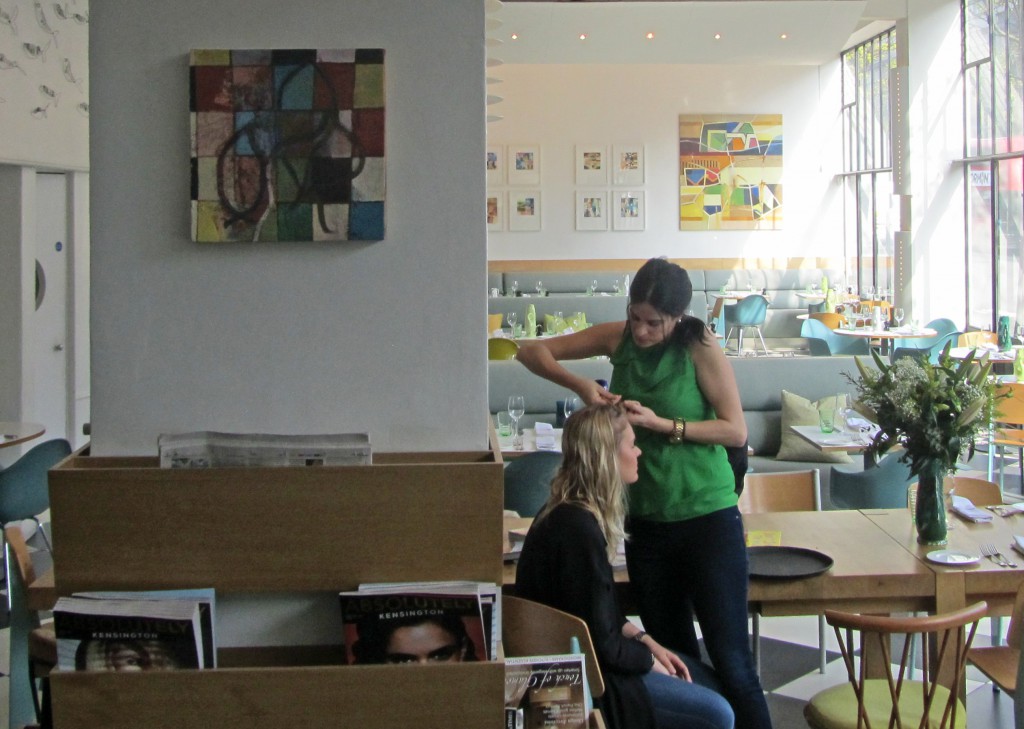
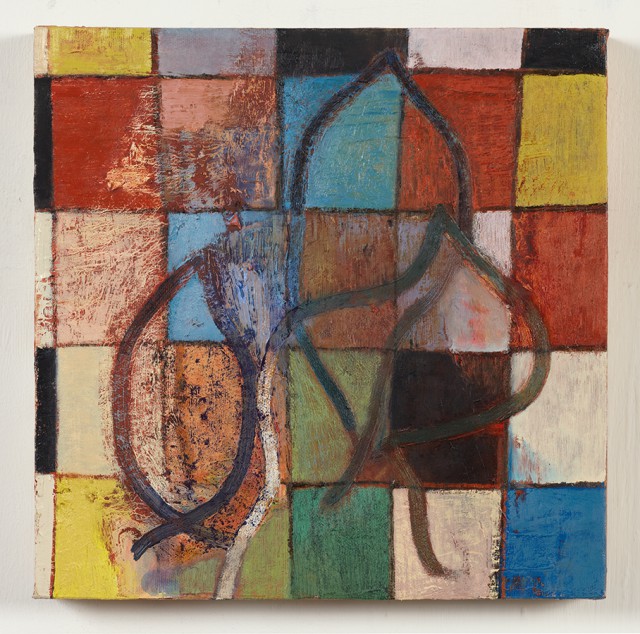
I love these personal maps and the way you made and expressed the connections between them and everything you saw on your trip!
Marvellous set of correspondences between art and life. I always like the feeling when coming out of an exhibition of seeing the world as the artist might have done and you have made this a reality.